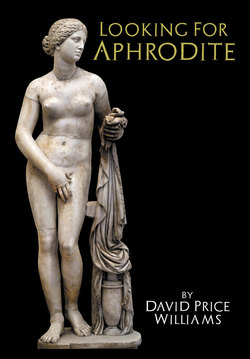Читать книгу Looking for Aphrodite - David Price Williams - Страница 54
ОглавлениеCHAPTER SEVEN
THE TEA HOUSE
Around the world, the term “tea house” may be used to refer to a restaurant or Salon de Thé. They are present in the Middle East, notably in Turkey. Such tea-houses may be referred to as ‘Chaee-Khaneh’ - literally, the ‘house of tea’. These tea houses usually serve several beverages.
Wikipaedia
In every sense of the word, Cengis’s Çayhane, Cengis’ tea house, to me could be construed, somewhat I felt to High Command disapproval, as the nucleus of the whole excavation. It had not much to commend it architecturally, made as it was of a few reed screens and a reed roof, but for me it became the human interface between the various disparate elements of the excavation – the site supervisors, the workers, the dig house staff, Mehmet the light house keeper, the Jandarma (militia), the musicians, the bekçiler (site guardians) and any other visitors, hangers on, sea captains, passers by and ne’er do well’s who were part of the ebb and flow of the life of this incongruent, isolated community.
The Çayhane was strategically placed on the site. It was quite close to the theatre where the sinuous dirt road from Datça and Yazιköy finally petered out, and it lay at one end of the isthmus which linked the mainland, where all the workers slept in the fields, to the island where The Trans-Atlantic contingent kept court at the dig house, some one hundred and fifty meters away. Like the classical theatre, the Çayhane had its own conventions – approaching from the road – outside news; approach from the dig house - home news. Cengis had erected it on a small, slightly prominent knoll overlooking the Commercial harbour, actually a knoll supported by the original block-work of the harbour isthmus and adjacent to what was now
46
